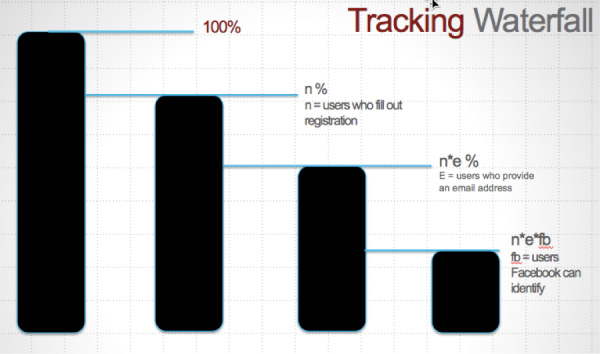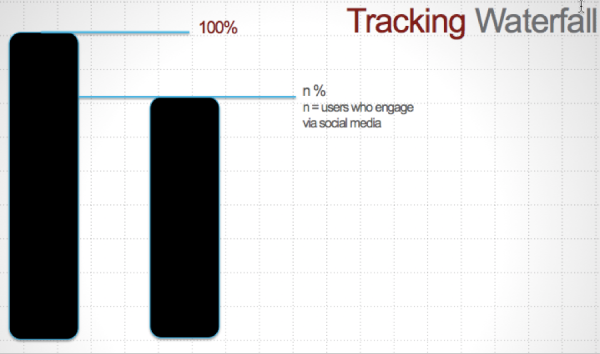3 Ways To Connect With Your Customer Even When You Don’t Make The Sale
- Fahad H

- Apr 17, 2014
- 4 min read
There are four ways to break into e-commerce:
Better service (Zappos)
Cheaper prices (flash sales)
Proprietary products (Bonobos, BetaBrand, Warby Parker, Revolve Clothing, etc.)
New experiences (ShoeDazzle, Rent the Runway)
Unless your company embodies at least one of these attributes, it’s nearly impossible to succeed as a viable e-commerce company. Your potential customers are already loyal to Amazon (after all, they pay for Prime), so you’ve got to offer an incentive to compete.

So, in an age where the most effective way to get distribution is to source sales to already-established retail channels, how can a brand connect directly with customers even if they don’t make the sale?
I’ve detailed three cases below, in order from most to fewest drop-off points. Check out these ways to connect with your customer even when you don’t make the sale.
1. Product Registration
Just before my son was born, I treated myself to a high-end dSLR camera. Being a retired, semi-professional photographer (I haven’t made a dime off my photography in over ten years), I let my ego get the better of me and settled on a camera that exceeds my current demands (I really do need to be able to take 10 frames per second at 1/64000 and f22 to properly capture my dog licking my one-year-old).
More expensive stuff always seems to come with a product registration form. It seems that these forms always come with products that aren’t sold by the manufacturers but rather by retail stores that are brand agnostic.
But, if a decent retailer offers a warranty or return policy consistent with the manufacturer (almost an expectation outside of bargain/discount stores), then why is registering a product necessary? In reality, the only real benefit to registering the product is to the manufacturer — you, the purchaser, opt into a list and subsequent promotional communications.
Tracking sucks on product registration because there are too many chances to miss key information about your customer… assuming the customer actually fills out the registration to begin with. If they provide an email address, you can put them on an email list and leverage Facebook custom audiences to enable remarketing and look-alike modeling if you can connect that email address to a Facebook profile.
The waterfall below helps to visualize the small percentage of users that can actually be marketed to based on product registration.

2. Social Media & Promotions
When you don’t have an expensive product and a significant percentage of sales occur offline, connecting with your customer base can be difficult. Social media outlets such as Facebook and Twitter present solid opportunities to connect with your customers by offering coupon codes and promotions for repeat purchases.
Consider the situation where someone purchases a Logitech BOOM Mini at one of the big box stores and pays in cash. The brand, Logitech, is two degrees away from the customer and will most likely never be able to connect with them – unless they can incentivize the customer enough to voluntarily opt into communication.
One possible incentive is through post-purchase giveaways and offers such as tweeting or posting on a specific hashtag to receive a discount on a subsequent purchase. Knowing this will be a secondary purchase, the brand, Logitech, can get relatively aggressive with the offer as margin was already made on the initial purchase.
Integrations with Facebook and Twitter (when you login with your FB or Twitter credentials) allow brands to link your purchase with an email address and put you on a list for future communications. Building off case 1, the goal is to mitigate the number of potential drop off points.
The waterfall below helps to visualize the trackable users:

3. Device Activation
I purchased a Roku 3 about a year ago. After researching various streaming devices, I was sold by Roku’s native integration with Plex so I could stream my library of movies from my local server to my TV.
It just so happens that my local Best Buy had a sale going on, and I was able to save a couple bucks by buying in store. So I took my new toy home, set it up, and the first thing that popped onto my TV was an activation code telling me to go to a roku.com link to “activate” the device. I created my account, customized the menus and started watching shows.
It was so subtle, yet it hit me like a Mack truck. The folks at Roku had created a system that ensured I would engage with the brand. It was a simple, non-invasive step allowing me to configure my device and customize features content. Genius.
Not surprisingly, other streaming devices manufacturers (Google , Apple, etc.) have followed suit, and Chromecast/Apple TV require a similar process to ensure the manufacturer does not give up customers engagement by allowing retailers to sell their products.
Keeping in line with the tracking waterfall, Roku ensures that 100% of costumers activate their device and engage with the brand:

Concluding Thoughts
As visualized in the waterfalls, it’s all about limited drop off points. Providing incentive for (or requiring) customers to create an account will dramatically increase the likelihood of customers opting into engagement.
Not all products require activation, nor do I think that brands should modify their products to require activations. However, if you have the ability to offer something to your customers in exchange for their contact information, it’s likely that your customers will happily share their contact info. You don’t need to be creepy to get user data, you just need to provide value.








Comments